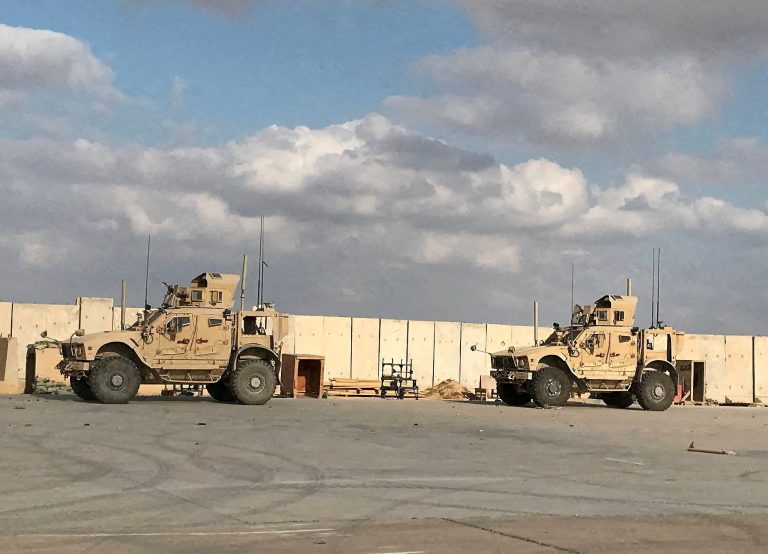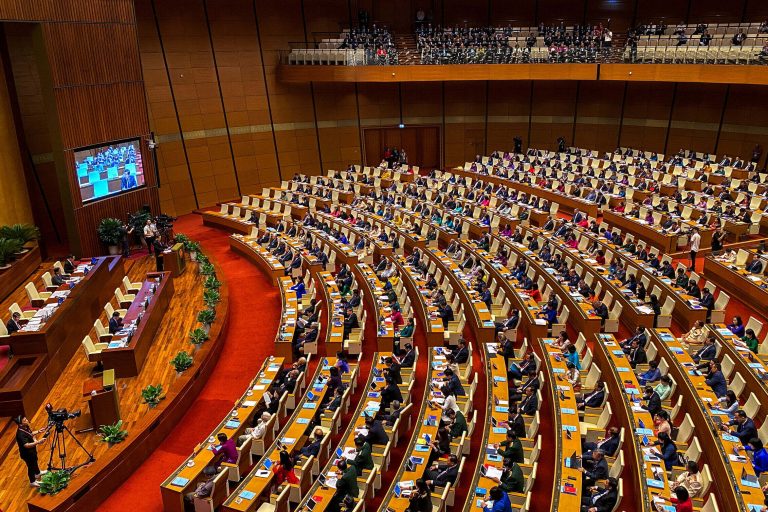WASHINGTON, D.C. (Reuters) — The Pentagon said on Monday, Jan. 8 that it was not currently planning to withdraw its roughly 2,500 troops from Iraq, despite Baghdad’s announcement last week it would begin the process of removing the U.S.-led military coalition from the country.
“Right now, I’m not aware of any plans [to plan for withdrawal]. We continue to remain very focused on the defeat ISIS mission,” Air Force Major General Patrick Ryder told a news briefing, using an acronym for Islamic State. He added that U.S. forces are in Iraq at the invitation of its government.
Ryder said he was also unaware of any notification by Baghdad to the Department of Defense about a decision to remove U.S. troops, and referred reporters to the U.S. State Department for any diplomatic discussions on the matter.
Prime Minister Mohammed Shia al-Sudani’s office announced on Friday, Jan. 5 the moves to evict U.S. forces following a U.S. drone strike in Baghdad that was condemned by the government. The Pentagon said the strike killed a militia leader responsible for recent attacks on U.S. personnel.
Sudani’s office released a statement saying a committee would be formed to “put arrangements to end the presence of the international coalition forces in Iraq permanently.”
Success
You are now signed up for our newsletter
Success
Check your email to complete sign up
“We stress our firm position in ending the existence of the international coalition after the justifications for its existence have ended,” Sudani was quoted as saying in the statement.
The U.S. strike, which came on Thursday, Jan. 4 and four years after another one in Baghdad that killed prominent Iranian general Qasem Soleimani, triggered outrage among Iran-aligned groups which demanded the government end the presence of the coalition in Iraq.
The strike was pre-authorized by President Joe Biden and U.S. Defense Secretary Lloyd Austin before Austin was admitted to a hospital on New Year’s Day, where he remains.
The U.S. has 900 troops in Syria in addition to its troops in Iraq on a mission it says advises and assists local forces trying to prevent a resurgence of Islamic State, which in 2014 seized large parts of both countries before being defeated.
Since the Israel-Hamas war began in October, the U.S. military has come under attack at least 100 times in Iraq and Syria, usually with a mix of rockets and one-way attack drones.
Sudani has limited control over some Iran-backed factions, whose support he needed to win power a year ago and who now form a powerful bloc in his governing coalition.
Last month, the United States also carried out retaliatory air strikes in Iraq after a drone attack by Iran-aligned militants that left one U.S. service member in critical condition and wounded two others.
By Idrees Ali and Phil Stewart; Editing by Cynthia Osterman.







